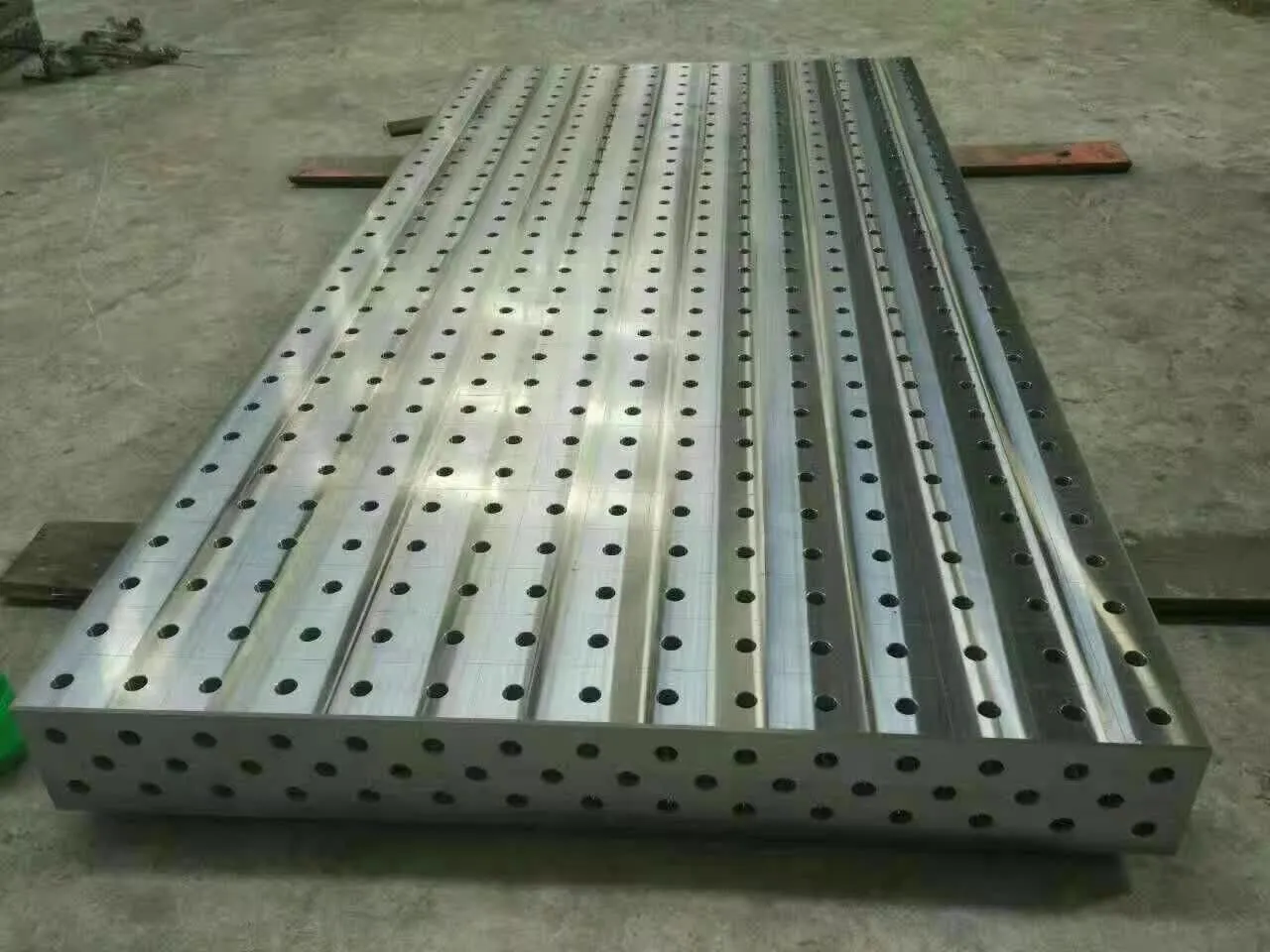Nov . 07, 2024 17:48 Back to list
Understanding Thread Ring Gauge Standards and Their Importance in Quality Control
Understanding Thread Ring Gauge Standards
Thread ring gauges are essential tools used in the manufacturing and engineering industries to ensure the proper measurement and accuracy of threaded components. They are crucial for validating the dimensional correctness of external threads on various metallic and non-metallic objects, which are critical for applications ranging from aerospace to automotive industries. In this article, we will explore the standards related to thread ring gauges, their significance, and how they are utilized in ensuring thread quality.
What are Thread Ring Gauges?
Thread ring gauges are cylindrical measuring tools designed to check the dimensions and tolerances of external threads. They serve a specific function confirming whether a threaded component fits within predetermined specifications. The gauges come in various sizes and standards depending on the thread type (such as metric, unified, or API threads) and the application requirements.
The main types of thread ring gauges include the Go gauge and the No-Go gauge. The Go gauge determines if a thread is acceptable, while the No-Go gauge checks whether it is out of tolerance. This duality ensures that only components that meet the necessary specifications are used in production.
Importance of Standards
The standards for thread ring gauges are set by various international and national organizations, ensuring consistency and compatibility in threaded components across different manufacturing sectors. Organizations such as the International Organization for Standardization (ISO), the American National Standards Institute (ANSI), and the National Institute of Standards and Technology (NIST) have established guidelines to regulate manufacturing practices and dimensional tolerances.
Standards such as ISO 965 for metric threads and ANSI B1.1 for unified threads define the parameters for thread gauging, including the pitch diameter and tolerances. Adhering to these standards not only enhances the interoperability of threaded parts from different manufacturers but also significantly reduces the risk of failure in critical applications caused by dimensional inaccuracies.
thread ring gauge standard

Benefits of Using Thread Ring Gauges
Using thread ring gauges that conform to established standards provides several benefits. Firstly, they promote quality assurance in the manufacturing process. By employing these gauges, manufacturers can quickly assess whether components are within the specified tolerances before proceeding to assembly, thus mitigating potential malfunctions or failures in the final product.
Secondly, standardized thread ring gauges facilitate improved communication between manufacturers, suppliers, and customers. When everyone adheres to the same set of standards, it leads to more straightforward negotiations, a clearer understanding of quality expectations, and enhanced trust among stakeholders in the supply chain.
Lastly, utilizing thread gauges helps in reducing waste and costs. Accurate measurements lead to fewer rejected parts and reduced rework, allowing for more efficient use of materials and time. This not only boosts profitability for manufacturers but also contributes to environmentally sustainable practices by minimizing excess waste.
Conclusion
Thread ring gauges are indispensable tools in the manufacturing industry, instrumental in maintaining the quality of threaded components. By adhering to established standards, organizations can ensure accuracy, enhance communication, and reduce costs, all while delivering reliably threaded products. As industries continue to evolve, the importance of maintaining stringent quality checks through thread ring gauges will remain paramount, underscoring the relevance of standards in an increasingly interconnected and competitive market.
In summary, the thread ring gauge standard is not just a set of guidelines; it is a critical component that influences the reliability and safety of numerous applications in our everyday lives. Therefore, understanding and utilizing these gauges effectively is essential for any manufacturer involved with threaded components.
-
Precision Manufacturing with Advanced Spline Gauge DesignNewsJul.31,2025
-
Industrial-Grade Calibrated Pin Gauges for Exact MeasurementsNewsJul.31,2025
-
Industrial Filtration Systems Depend on Quality Filter DN50 SolutionsNewsJul.31,2025
-
High-Performance Gate Valve WholesaleNewsJul.31,2025
-
Granite Surface Plate The Ultimate Solution for Precision MeasurementNewsJul.31,2025
-
Granite Industrial Tools The Ultimate Guide for Bulk BuyersNewsJul.31,2025
Related PRODUCTS









